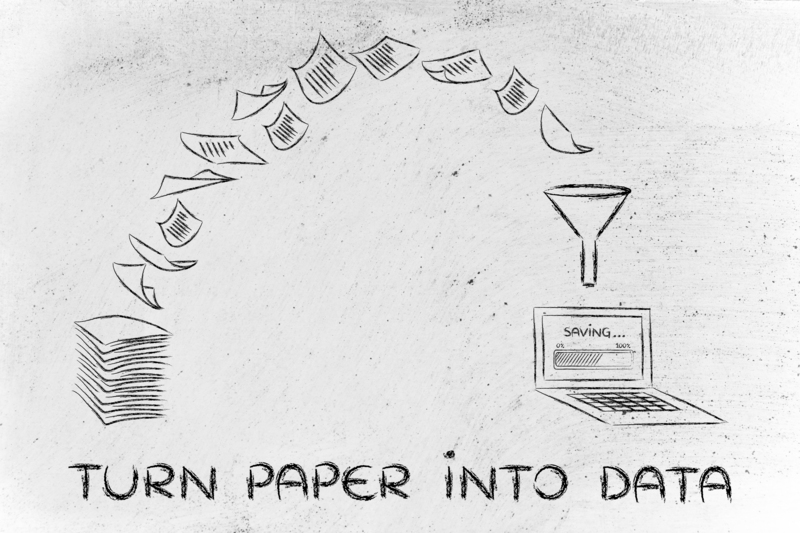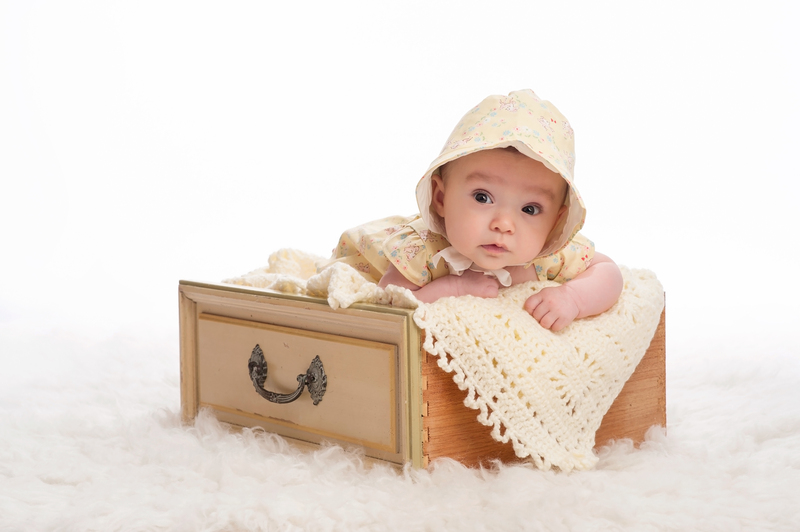How to Separate and Dispose of PPE Waste at Home: A Complete Guide
The usage of Personal Protective Equipment (PPE) has become a regular part of daily life for many households worldwide. Items such as masks, gloves, face shields, and disposable gowns help keep us safe from harmful pathogens. However, the rapid increase in PPE waste generation at home presents new challenges for proper waste management and environmental protection.
Improper disposal can lead not only to pollution but also to the potential spread of infectious diseases. This detailed guide explains how to safely separate and dispose of PPE waste at home, offering practical tips, legal guidelines, and eco-friendly advice for health-conscious and environmentally-responsible families.
Understanding the Importance of Proper PPE Waste Disposal
What Constitutes PPE Waste?
PPE waste includes any personal protective equipment that has been used and is no longer fit for use. This typically involves:
- Face masks (surgical, cloth, N95, disposable, or reusable)
- Gloves (latex, vinyl, nitrile, or rubber)
- Face shields
- Protective gowns and shoe covers
- Sanitary wipes and tissues used for surface or hand cleaning
- Any plastic packaging or wrappers from new PPE items
Risks of Improper PPE Waste Disposal
- Health risk: Discarded PPE may carry viruses, bacteria, and other pathogens that can infect other people, pets, or waste handlers.
- Environmental threat: Most personal protective equipment is made from non-biodegradable plastic. Improperly disposed PPE pollutes the environment and damages marine and terrestrial ecosystems.
- Legal consequences: In some regions, improper disposal of medical waste, including PPE, is subject to penalties.

Step-by-Step: How to Separate PPE Waste at Home
Proper management starts with separating PPE waste from regular household garbage. This simple act protects your family, waste collectors, and the wider environment.
1. Designate a PPE Waste Bin
Set aside a bin, preferably with a lid: Choose a trash can specifically for used PPE. Line it with a durable, leak-proof plastic bag.
- Label the bin as PPE Waste Only to avoid confusion.
- Place the bin in a central, high-use area (such as an entryway or bathroom) but away from food preparation zones.
2. Always Wear Gloves When Handling Used PPE
To avoid accidental contamination, wear gloves when collecting, sorting, or smashing down PPE items in the waste bin.
- Wash your hands thoroughly before and after handling used PPE.
- If gloves are not available, use tissue or another disposable barrier.
3. Do Not Mix PPE with Regular or Recyclable Waste
Keep PPE waste separate from regular household trash, recyclables, and compostable items. Mixing can spread contamination and makes recycling unsafe and ineffective.
- Do not place used masks, gloves, or wipes in the recycling bin.
- Never burn PPE waste at home, as harmful chemicals can be released into the air.
4. Safely Bag and Secure PPE Waste
Double-bag PPE waste, especially if someone at home is sick. This minimizes the risk of leaks and exposure for sanitation workers.
- Seal each bag tightly, making sure there are no tears or holes.
- If available, use a bin with a foot pedal or hands-free opening mechanism.
Proper Disposal Methods for PPE Waste at Home
If your region does not provide specific guidelines for household PPE waste, follow these standard practices to reduce risks:
Disposing of Used Masks and Gloves
- Remove these items carefully by the straps or wrists--never touch the outside surfaces.
- Wrap in tissue or newspaper if possible before placing them in your sealed PPE waste bag.
- Dispose in your designated bin; do not litter or dump these items in public areas.
Wipes, Tissues, and Surface Cleaning Materials
- These are not flushable--never dispose of them in the toilet.
- Group with other PPE waste, especially if used for disinfection or cleaning bodily fluids.
Face Shields and Hard Plastics
- If reusable, sanitize face shields after each use as per manufacturer instructions.
- If broken or not usable, treat as regular PPE waste--do not place them in the recycling bin.
Special Rules for PPE Waste Disposal During Illness or Quarantine
If anyone in the household has tested positive for a contagious illness (such as COVID-19), take extra precautions:
- Double-bag all PPE waste and leave it in a secure, isolated location for at least 72 hours before adding to outdoor waste bins.
- Label bags as "PPE Waste from Sick Household" if possible.
- Wash hands thoroughly after any contact with waste materials.
Recycling and Reusable PPE at Home
Can PPE Waste Be Recycled?
Most PPE items are non-recyclable through standard municipal recycling systems due to contamination and material types. Disposable masks, gloves, and wipes typically contain layers of plastic polymers or mixed materials, making them unsuitable for regular recycling channels.
Some companies and programs offer PPE recycling services, but these are currently limited. Check with local authorities or specialist firms before sending large quantities.
Choosing Reusable PPE Options
Whenever possible, switch to reusable masks and face shields that can be sanitized between uses. This reduces the amount of single-use PPE waste generated at home.
- Launder cloth masks after each use according to CDC guidelines.
- Sanitize reusable face shields with appropriate disinfectant.
- Adopt eco-friendly hand hygiene materials, such as washable hand towels.
Eco-Friendly Disposal Alternatives for Households
To minimize environmental impact while ensuring safety:
- Reduce PPE consumption by only using what's necessary.
- Reuse items where appropriate (e.g., washable masks).
- Contact local environmental agencies about safe community drop-points for PPE waste or pilot recycling projects.
- Consider switching to biodegradable PPE products where available and effective.
Legal and Community Guidelines for Home PPE Waste
Check Local Regulations
Always consult your:
- Municipal/city waste management authority
- Public health agencies
- Community guidelines or neighborhood waste programs
Many areas provide special collection or disposal instructions for PPE waste during epidemics or emergencies.
Penalties for Improper Disposal
- Certain cities and counties can impose fines for dumping PPE in non-authorized places, public areas, or recycling streams.
- Always follow the law to protect public health and the environment.
PPE Waste and Public Health: Protecting Our Communities
By properly separating and disposing of PPE waste at home, you play a vital role in protecting sanitation workers, neighbors, and the wider community from the hazards linked with contaminated materials.
Educate all household members (including children) about the correct process for disposing of PPE waste. Make posters, create reminders, or set up visual cues to reinforce safe disposal habits.
Summary: Your At-Home PPE Waste Management Checklist
- Separate PPE waste from regular and recyclable trash
- Use a dedicated, lined, labeled PPE waste bin
- Bag and seal PPE waste securely
- Do not burn, recycle, or flush PPE waste
- Follow extra precautions if anyone in the home is ill
- Check local disposal and recycling guidance
- Opt for reusable PPE where feasible
- Promote eco-friendly and safe habits for the whole family

Frequently Asked Questions About Disposing of PPE Waste at Home
1. Can I dispose of masks and gloves in my regular trash?
Yes, but always use a sealed bag and ideally a separate bin. Never mix PPE waste with recycling or compost.
2. Are there any eco-friendly PPE disposal solutions?
Switch to reusable or biodegradable PPE when suitable. Support community recycling programs or contact eco-recyclers in your area.
3. How do I protect waste handlers from contamination?
Securely double-bag and seal all PPE waste. Clearly label if possible. Keep bins closed and out of reach of children and animals.
4. What should I do with PPE if someone at home is sick or in isolation?
Double-bag and store the waste safely before disposal. Label and leave it untouched for at least 72 hours before placing it for collection. Always consult your local health authority for the latest advice.
Conclusion: Be Responsible--Separate and Dispose of PPE Waste Safely
Understanding how to separate and dispose of PPE waste at home is an essential part of keeping your household, community, and environment safe during and beyond periods of health crisis. By following the above steps, you help reduce the spread of diseases, safeguard waste management personnel, and minimize environmental damage.
Stay informed, be vigilant, and set a good example in your neighborhood for responsible PPE waste handling at home.
